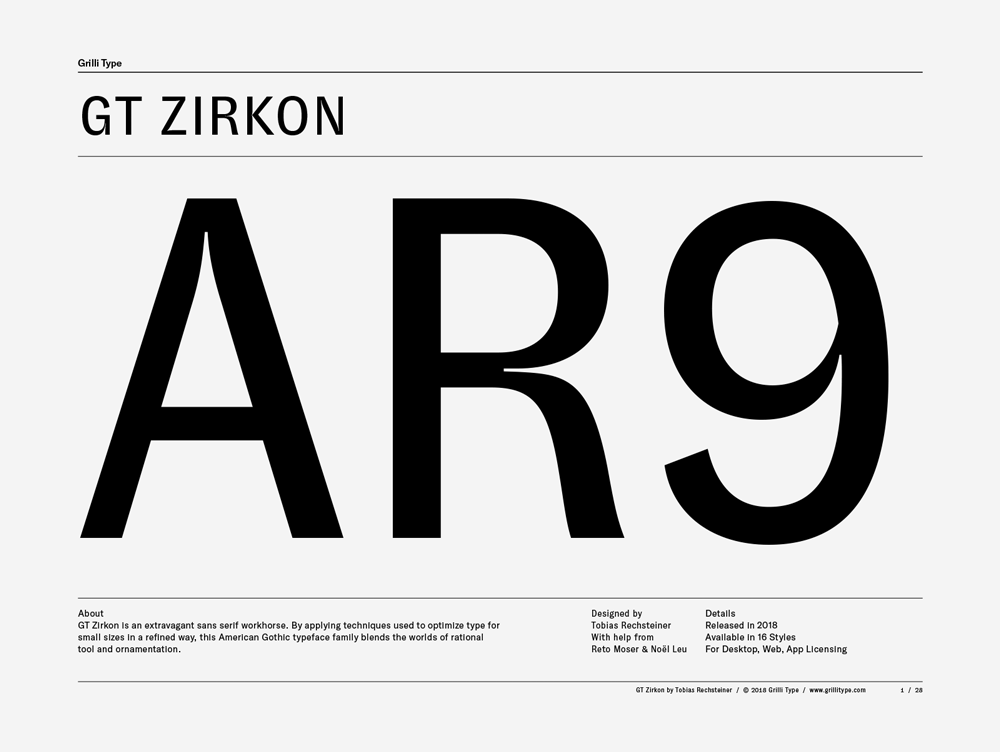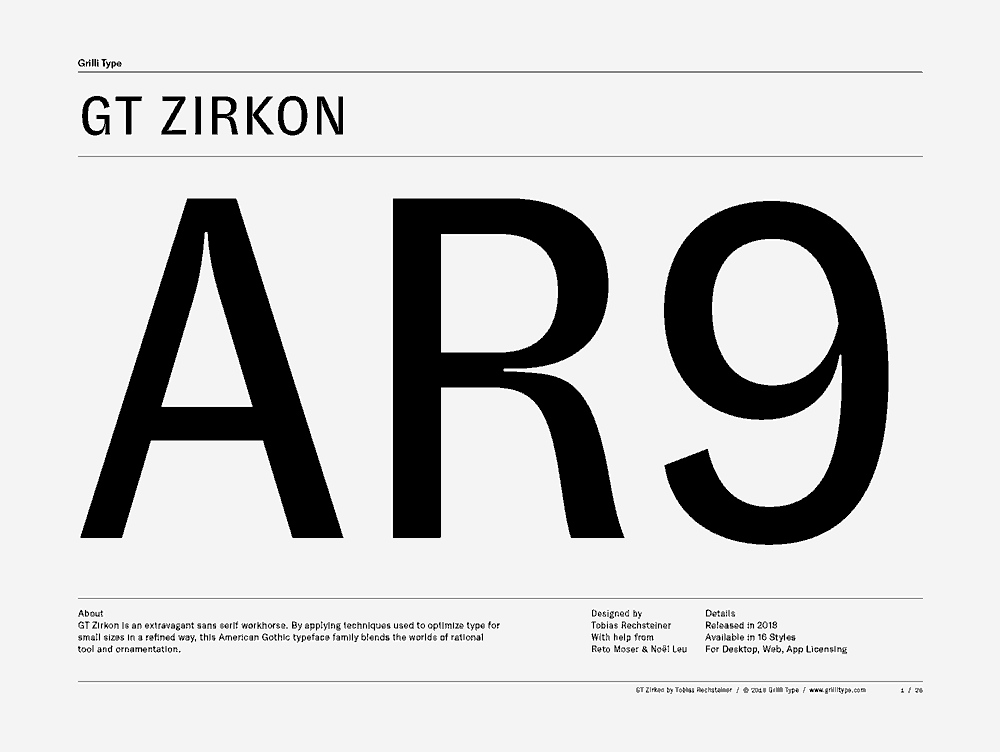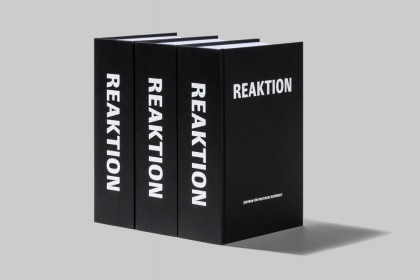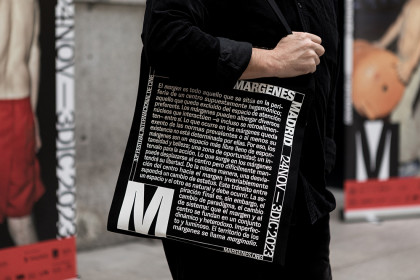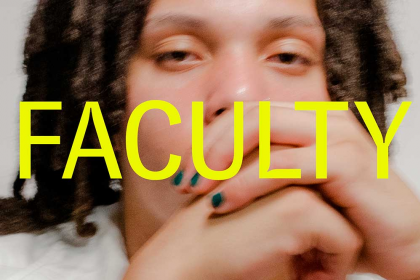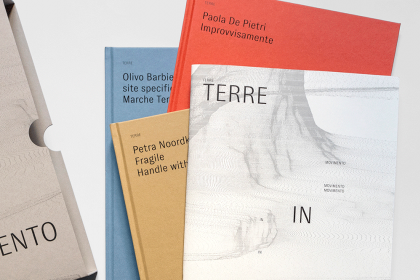GT Zirkon
Family overview
- Ultra Light Italic
- Thin Italic
- Light Italic
- Book Italic
- Regular Italic
- Medium Italic
- Bold Italic
- Black Italic
- Ultra LightZircon is ubiquitous in the crust of Earth and it occurs as a common accessory mineral in igneous rocks, in metamorphic rocks and as detrital grains in sedimentary rocks.
- Ultra Light ItalicRecent experiments, for example, have shown that crystals grow five times faster when their supersaturated solution is subjected to frequencies of 10 to 100 cycles a second.
- ThinZircons from Jack Hills in the Narryer Gneiss Terrane, Yilgarn Craton, Western Australia, have yielded U-Pb ages up to 4.404 billion years
- Thin ItalicOn the Isle of Skye near Ireland, is a chapel dedicated to St. Columbus, and on the altar is a round crystalline blue stone held sacred to weather and health.
- LightThe name zircon is taken from the name of the mineral zircon, the most important source of zirconium.
- Light ItalicManly P. Hall and other students of esoteric wisdom have also noted that many ancient crystals were produced by ‘zodiacal formulae’ grown at specific times, when the sun, moon and planets were in special heavenly positions.
- BookZirconium is a mineral belonging to the group of nesosilicates.
- Book ItalicAs short and stubby crystals, as well as prismatic which are sometimes elongated.
- RegularChemical substitution and coordination polyhedra explain this common feature of minerals.
- Regular ItalicZirconium is a chemical element with symbol Zr and atomic number 40.
- MediumResearchers found that same carbon 12 isotope in the diamond specks, indicating that they may have been formed from ancient microbes that were buried deep underground and subjected to enormous pressure.
- Medium ItalicOn the Isle of Skye near Ireland, is a chapel dedicated to St. Columbus, and on the altar is a round crystalline blue stone held sacred to weather and health.
- BoldCursed gems are the exception to the rule, however, for in most respects, gems and crystals are generally looked upon favorably, having properties for good luck, for healing, and in aiding in psychic abilities.
- Bold ItalicRadioactive dating shows that the zircon crystals were formed more than 4 billion years ago.
- BlackThe green coloring in many rounded pebbles usually indicates the Zircon is radioactive variety.
- Black ItalicResearchers found that same carbon 12 isotope in the diamond specks, indicating that they may have been formed from ancient microbes that were buried deep underground and subjected to enormous pressure.
- Settings
Typeface information
GT Zirkon is an extravagant sans serif workhorse. It blends the worlds of rational tool and ornamentation by applying techniques used to optimize type for small sizes in a refined way.
Typeface features
OpenType features enable smart typography. You can use these features in most Desktop applications, on the web, and in your mobile apps. Each typeface contains different features. Below are the most important features included in GT Zirkon’s fonts:
- SS01
- Alternate Arrows
Volume ↗
- SS02
- Alternate f
Refraction
- ONUM
- Oldstyle Figures
0123456789
- SMCP
- Small Caps
Ore Deposit
Typeface Minisite
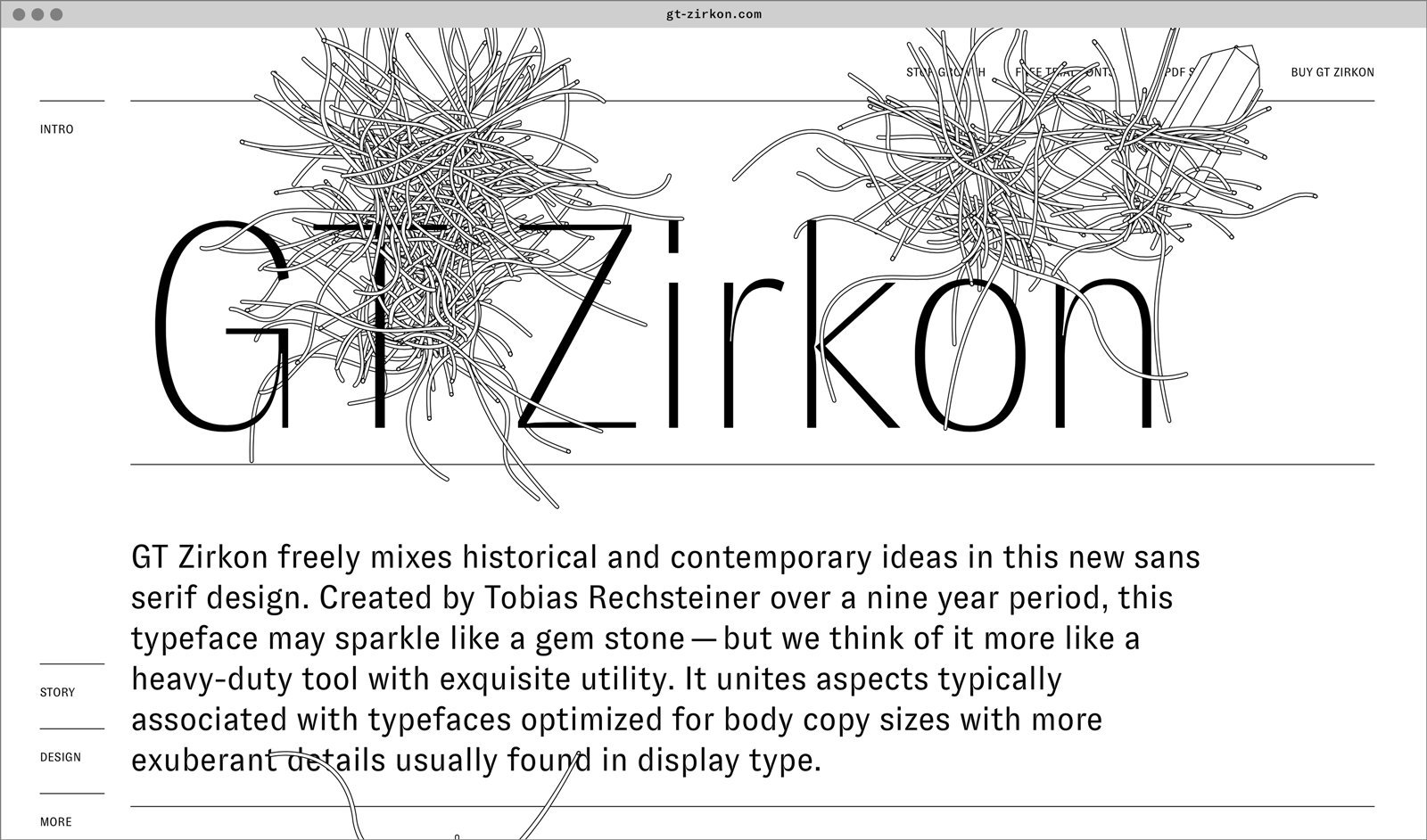
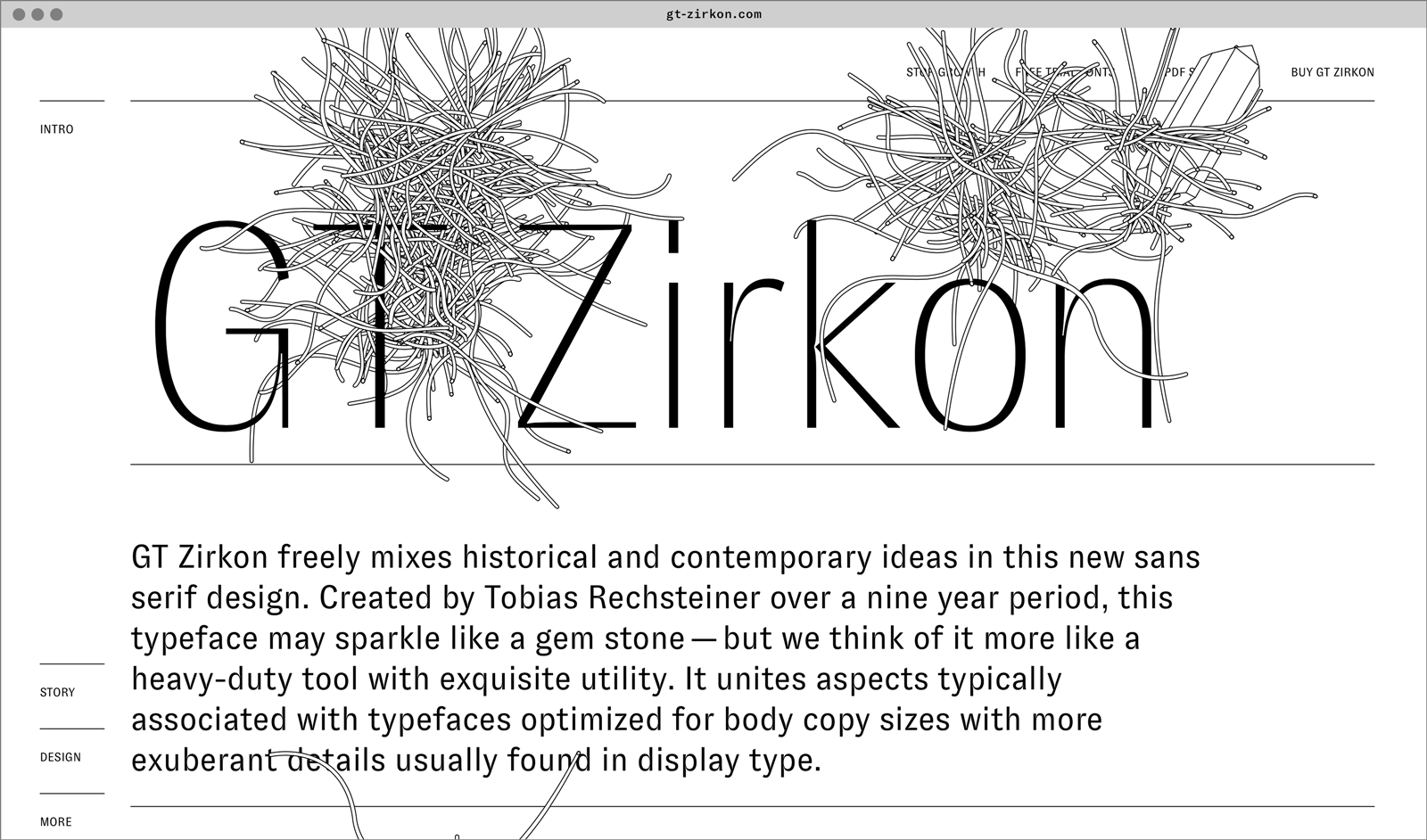
- Visit the GT Zirkon minisite to discover more about the typeface family’s history and design concept.
GT Zirkon in use
